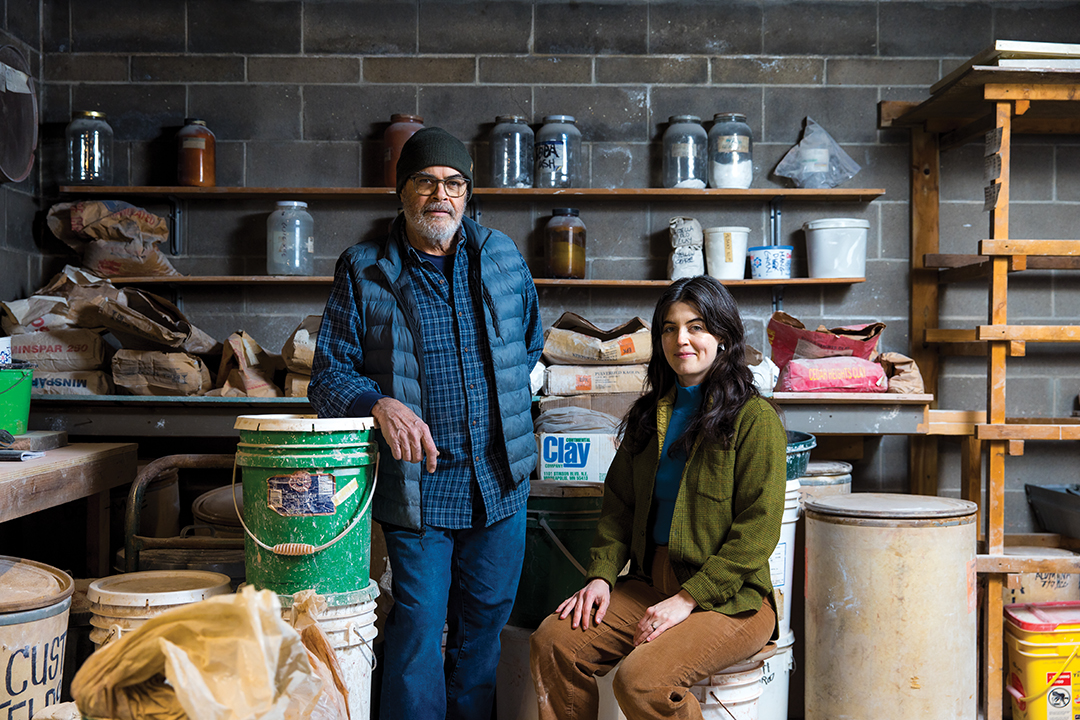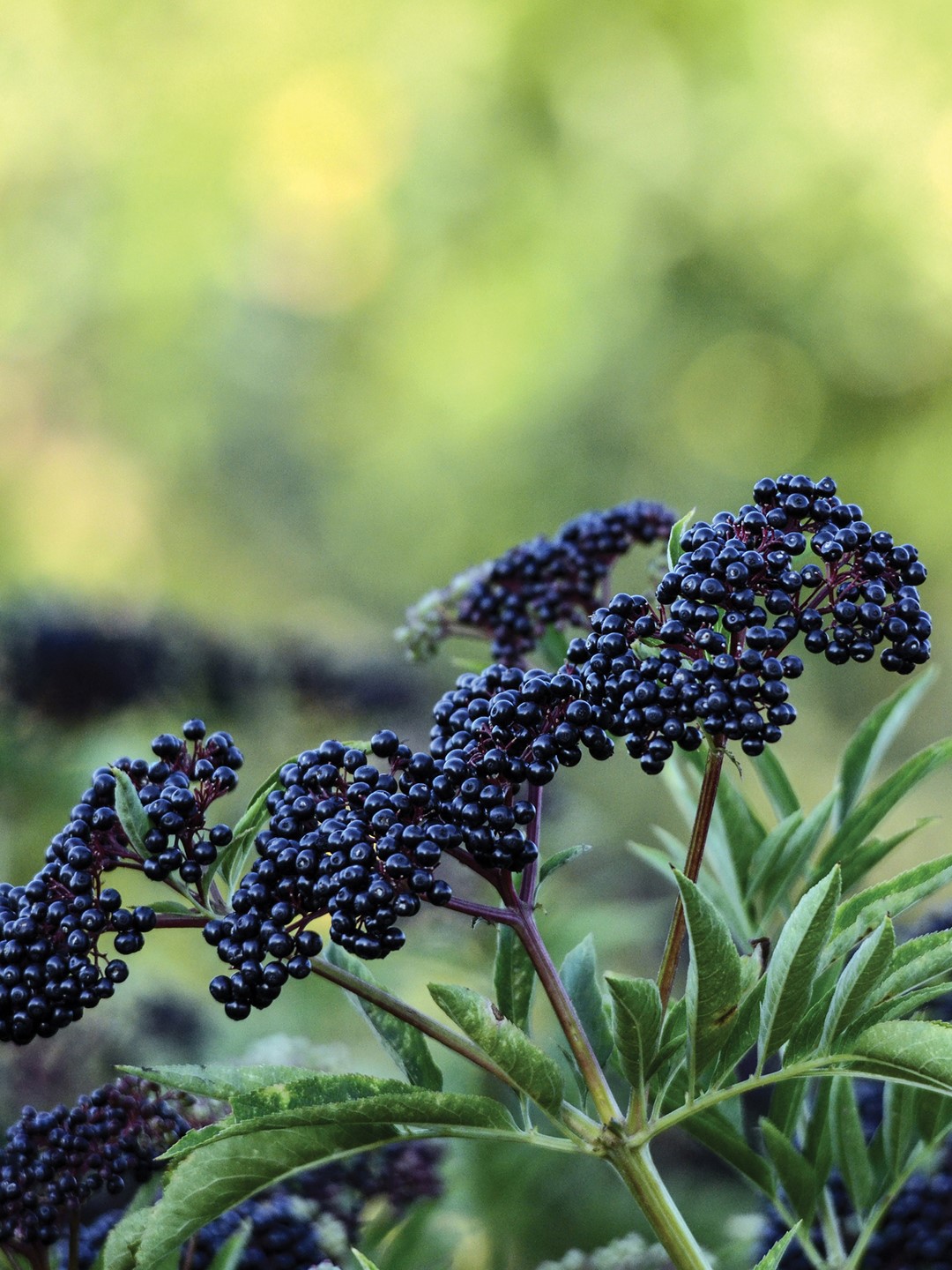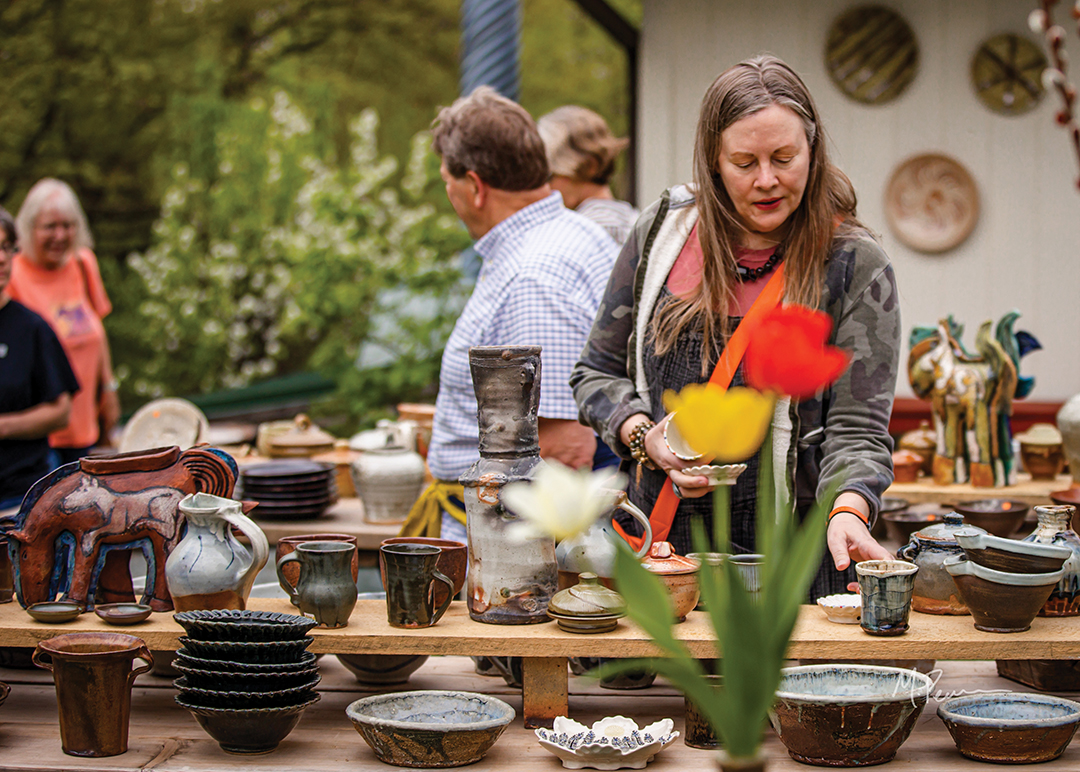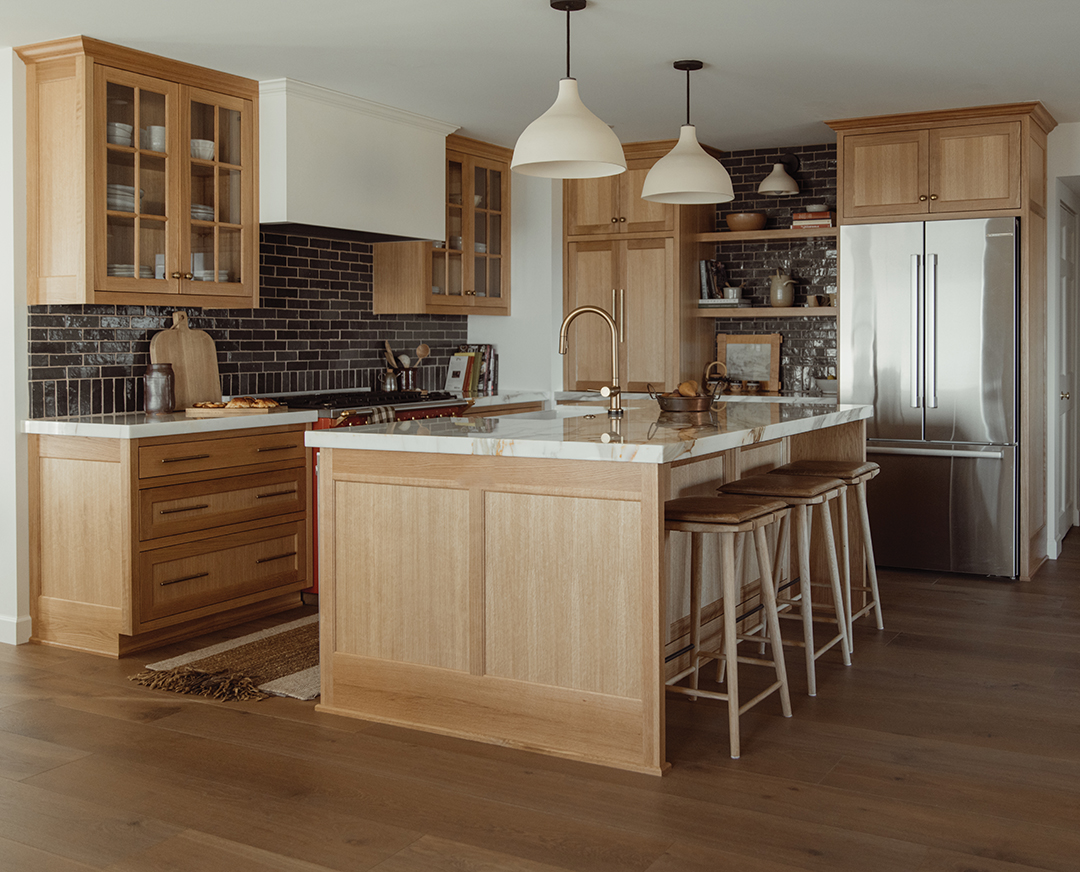
Photo: Chris Emeott
Create personal cocktails using this simple trick.
If I have a party trick, it’s the ability to whip up personalized cocktails on the fly. But it’s much less impressive than you think—anyone who can remember “211” can make a custom cocktail.
A 211 refers to a simple ratio of the three base components of a drink: two parts liquor, one part something sweet and one part something sour. Of course, these are just guidelines; I usually don’t even measure. (it’s also way more entertaining for guests that way.) To make a stronger, less sweet or more tart drink, simply adjust the components up or down from this baseline as desired.
211 ingredients:
2: Base alcohol. Ask your guest which kind of base alcohol they prefer. Gin, vodka, tequila, rum or whiskey?
1: Sweet element. Fresh fruit juices are my first choice here; at this time of year, I love cranberry, mandarin orange and pomegranate. If your fruit is on the sour side (such as grapefruit or cranberry), you can add sweetener—sugar or simple syrup, agave, honey, maple syrup and/or a sweet liqueur like crème de cassis, triple sec or apple brandy. Flavored cocktail syrups are fun, too.
1: Sour element. My choice is almost always lime for “clear” alcohols and lemon in the case of darker ones.
Directions:
Add your choice of ingredients to a cocktail shaker nearly full of cubed (not crushed) ice. Shake until the drink is thoroughly cold and properly diluted. Strain and serve over ice, or pour directly into a chilled glass.
Good to Know
Prepared cocktail mixers often have sweet/fruit and sour elements combined in one product; they’re often mixed with liquor in a 1:1 ratio. While convenient, mixers may lack “freshness” and are typically cloyingly sweet. Offset this by adding a splash or more to taste of fresh-squeezed lemon or lime juice.
Rachael Perron is the culinary and brand director for Kowalski’s Markets, where she specializes in product development and selection, culinary education and communications.






















